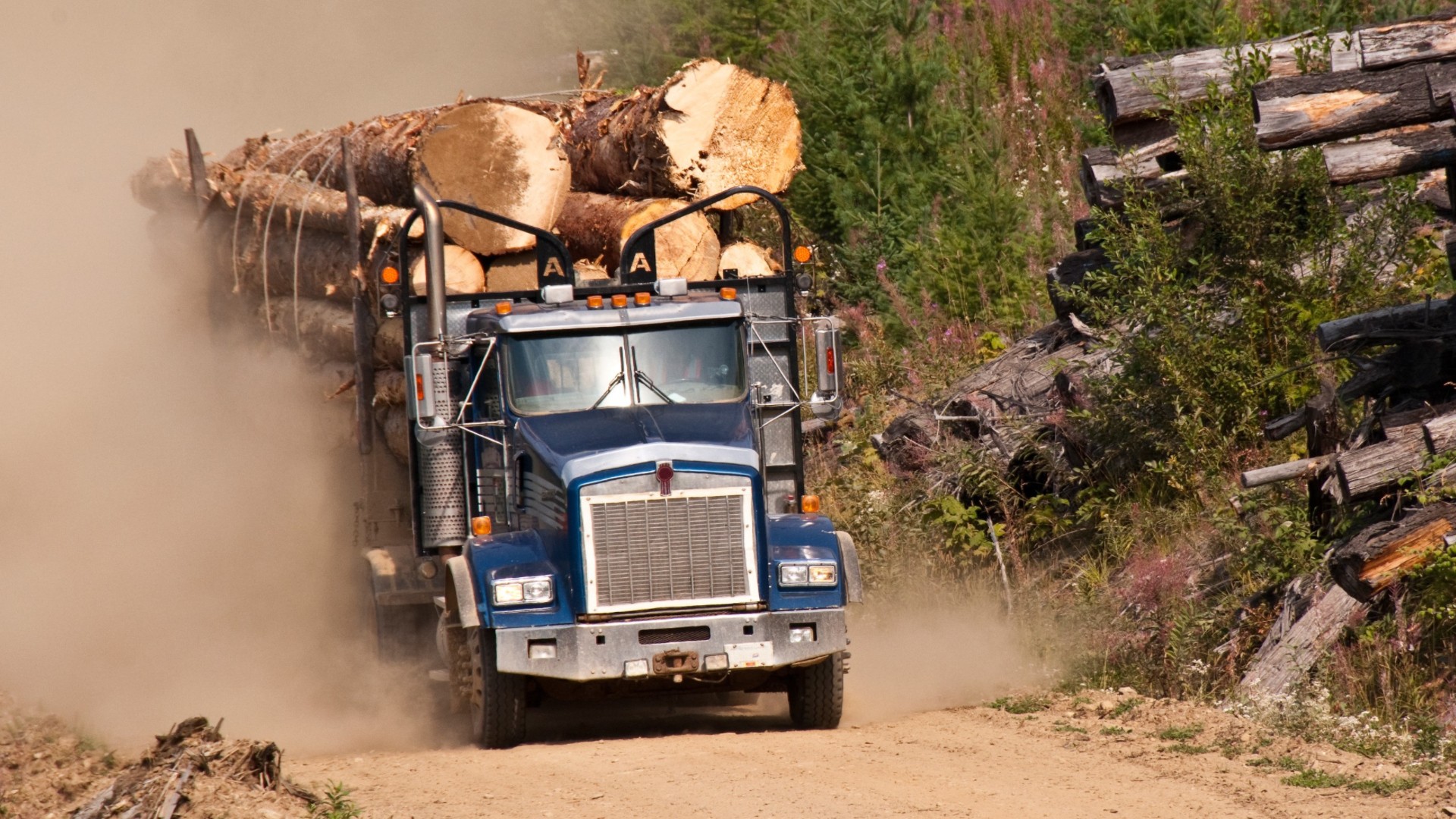Fallers
Logger, Timber Cutter, Timber Faller, Tree Faller
What they do:
Use axes or chainsaws to fell trees using knowledge of tree characteristics and cutting techniques to control direction of fall and minimize tree damage.
On the job, you would:
- Stop saw engines, pull cutting bars from cuts, and run to safety as tree falls.
- Appraise trees for certain characteristics, such as twist, rot, and heavy limb growth, and gauge amount and direction of lean, to determine how to control the direction of a tree's fall with the least damage.
- Saw back-cuts, leaving sufficient sound wood to control direction of fall.
Knowledge
Engineering and Technology
- mechanical
Manufactured or Agricultural Goods
- manufacture and distribution of products
Skills
Basic Skills
- keeping track of how well people and/or groups are doing in order to make improvements
- thinking about the pros and cons of different ways to solve a problem
Problem Solving
- noticing a problem and figuring out the best way to solve it
Abilities
Reaction Time and Speed
- quickly move your hand, finger, or foot based on a sound, light, picture or other command
- quickly move your arms and legs
Controlled Movement
- use your arms and/or legs together while sitting, standing, or lying down
- quickly change the controls of a machine, car, truck or boat
Endurance
- exercise for a long time without getting out of breath
Hand and Finger Use
- hold or move items with your hands
Personality
People interested in this work like activities that include practical, hands-on problems and solutions.
They do well at jobs that need:
- Cautiousness
- Dependability
- Self-Control
- Perseverance
- Attention to Detail
- Stress Tolerance
Technology
You might use software like this on the job:
Spreadsheet software
- Microsoft Excel
Presentation software
- Microsoft PowerPoint
Geographic information system
- ESRI ArcView
- Geographic information system GIS systems
Education
Education: (rated 1 of 5)
no high school diploma/GED or
high school diploma/GED
usually needed
high school diploma/GED
usually needed
Job Outlook
Below Average
New job opportunities are less likely in the future.
Explore More
- Forest & Conservation Workers
- Log Graders & Scalers
- Logging Equipment Operators
- Sawing Machine Setters, Operators, & Tenders, Wood
- Tree Trimmers & Pruners
You might like a career in one of these industries:
See more details at O*NET OnLine about Fallers.





